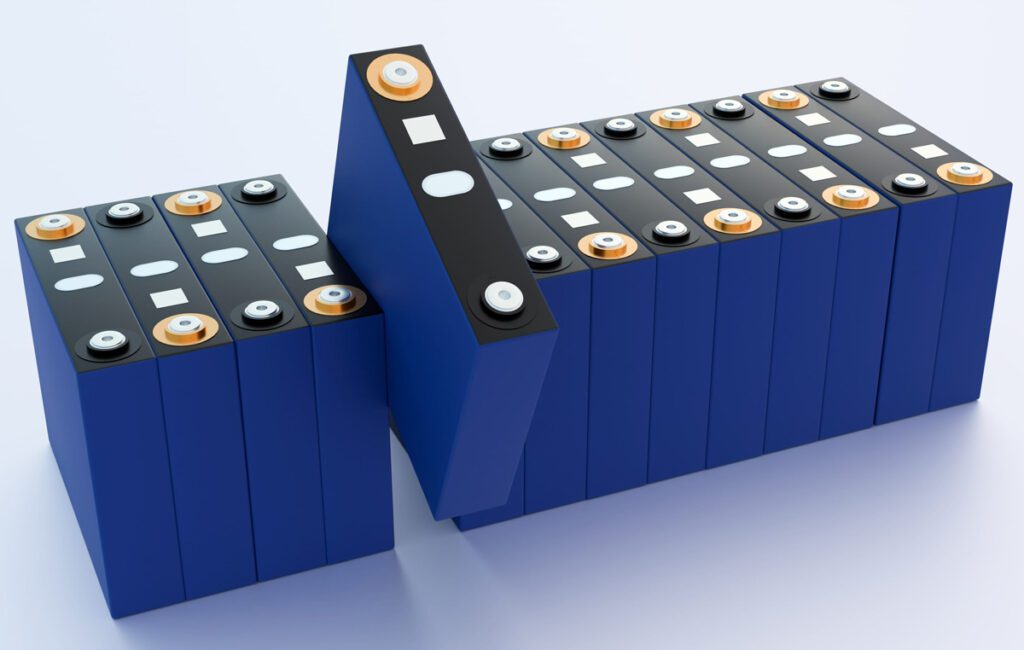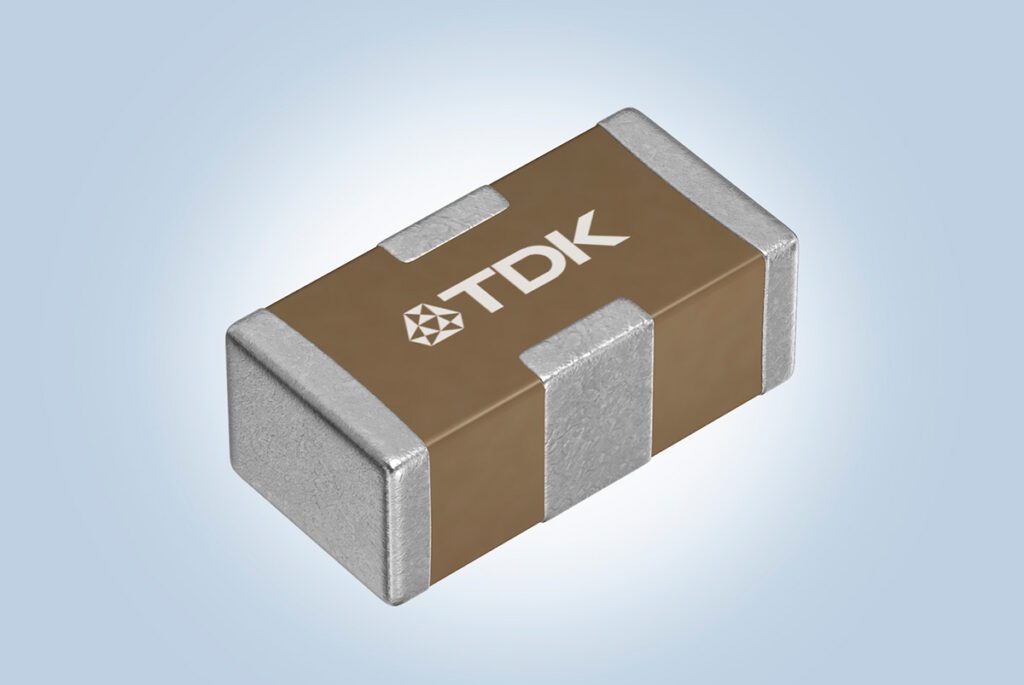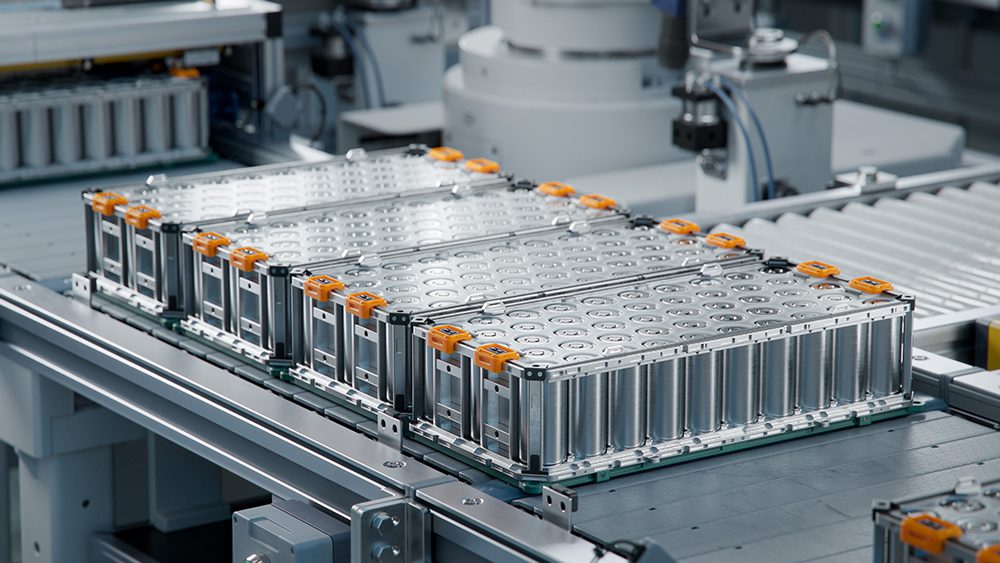A GM R&D team has developed a way to improve the cycling stability and Coulombic efficiency of lithium-sulfur (Li/S) batteries. The new paper, Polydopamine-Coated, Nitrogen-Doped, Hollow Carbon-Sulfur Double-Layered Core-Shell Structure for Improving Lithium-Sulfur Batteries, appears in the ACS journal Nano Letters.
Lithium-sulfur chemistry theoretically promises impressive energy capacity, but practical Li-S batteries have been hindered by limited cyclability, due to the poor conductivity of sulfur, the heavy dissolution of polysulfides and the large volumetric expansion during lithiation. A great deal of research is targeting these issues.
“For mesoporous carbon-sulfur nanocomposites, if sulfur can diffuse into the small pores of the mesoporous carbon, the polysulfides should still be eventually diffuse out since a large amount of sulfur surface is still exposed to the electrolyte,” wrote Weidong Zhou and the research team. “However, there has been no convincing evidence that the sulfur has diffused into the internal empty space of the porous carbon instead of in/on the superficial carbon pores. If the sulfur were aggregated in/on the superficial pores of the mesoporous carbon, it would easily be dissolved out during cycling.”
“For the approach of a core-shell composite, a practical difficulty is obtaining small-sized sulfur nanoparticle seeds (≤300 nm) in order to enhance the lithium diffusion and improve power capability, since the nanosized sulfur easily aggregates to bulky particles. Large sulfur particles may exhibit poor conductivity of both sulfur and polysulfides.
“Hence, developing a new strategy to confine sulfur/polysulfides, control the sulfur particle size, and maintain intimate contact between carbon and sulfur simultaneously is critical for practical applications of sulfur-based cathode materials. In this work, we proposed the preparation of polydopamine-coated, nitrogen-doped, hollow carbon-sulfur in a double-layered core-shell architecture as an optimized design to confine the sulfur/polysulfides and keep intimate contact between sulfur and conductive carbon.
“Using this unique sulfur composite, both Li/S half cells and the silicon/sulfur (Si/S) full cells showed highly improved capacity retention and Coulombic efficiency.”
Source: Nano Letters via Green Car Congress



















































































